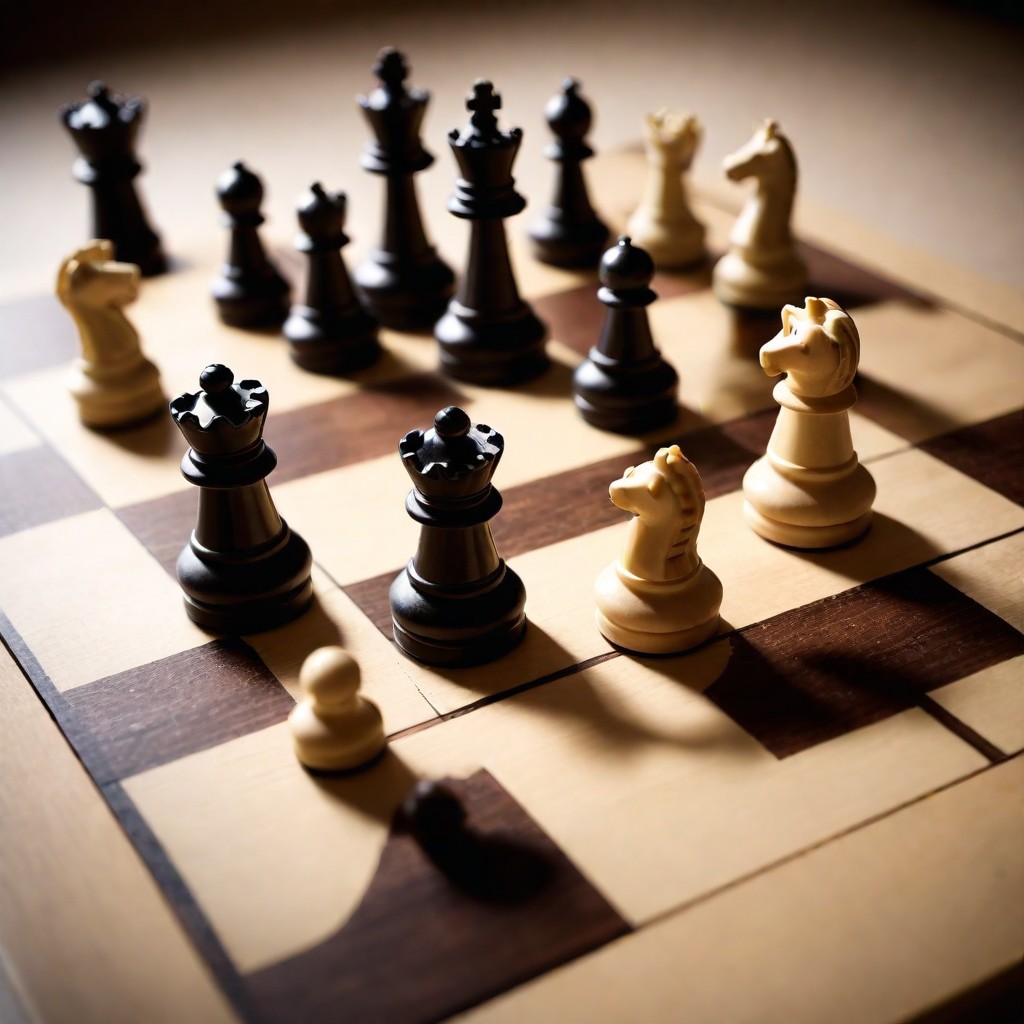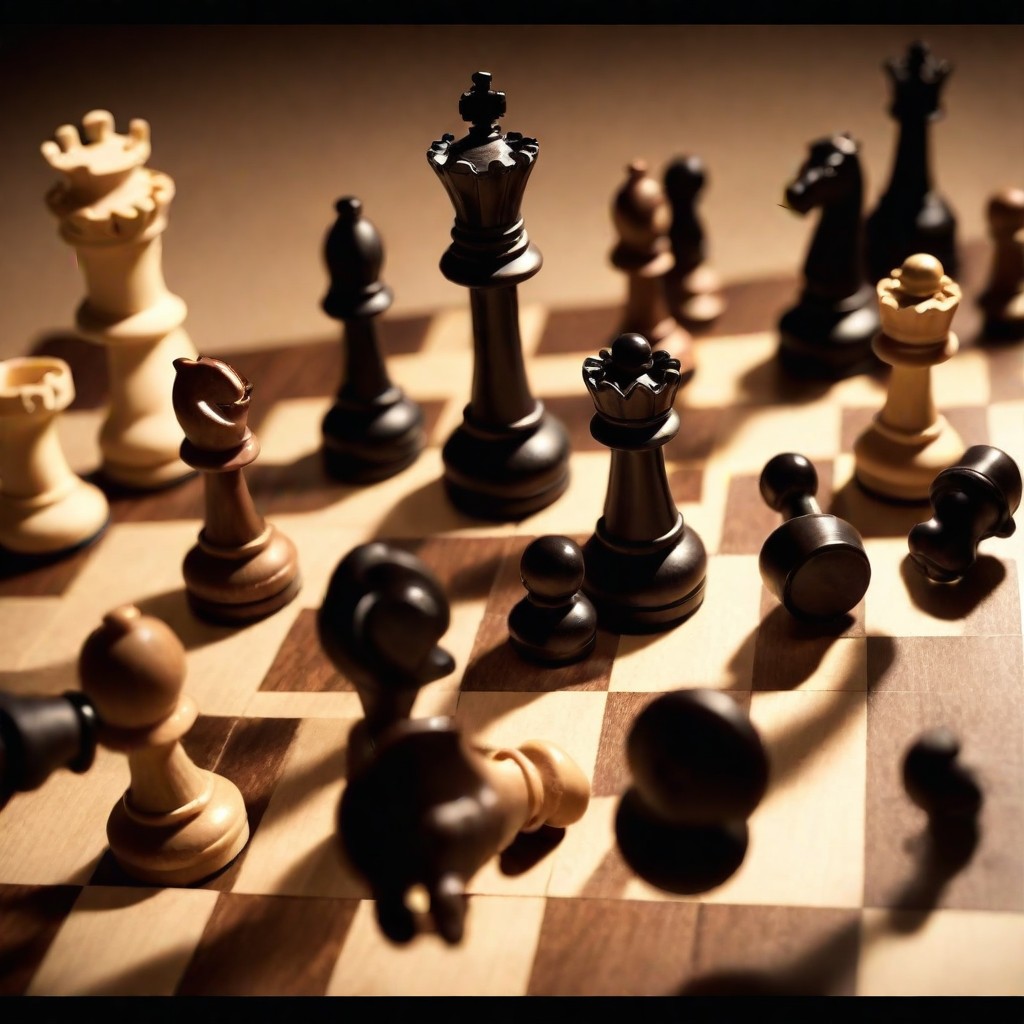Strong chess players make purposeful moves that are focused on achieving specific objectives. These include winning material, controlling the center, and developing pieces.
For example, a player may castle to protect the king and develop a rook simultaneously. Castling involves moving the king two squares to either side while the rook jumps over the king and lands on its square.
Pieces
A chess piece moves in a variety of ways to attack and defend. It’s important for beginner players to understand each piece’s movements so they can make informed decisions during the game.
Each player controls a color of pieces: White controls the rooks and bishops, while Black controls the knights and pawns. Each piece has a different value based on its strength. A pawn is worth one point, a knight or bishop is worth three points, and a rook is worth five points. The queen is the most valuable piece, and it can move in any direction on the board, diagonally or straight forward.
Every chess piece has a long history that spans continents and cultures. The rook is a nod to the chariots of medieval Europe, while the knight was first depicted as a horse and later evolved into a castle turret – symbolizing bastions of strength. The king, however, is unique in that it cannot be captured (with the exception of en passant), but instead must be checkedmate, a move that eliminates all of the opponent’s pieces.
The pawns are the weakest piece on the board, but they play an important role in the game. It’s best to “develop” them early in the game so they can support the other major pieces. This allows the pawns to control the center of the board and limit the squares that the opponent can go to.
Rules
There are a few basic rules that players must follow to ensure fair gameplay. This is especially important when playing against a stronger opponent. Knowing the rules and understanding them can help you improve your game by highlighting when calculation should be overruled by instinct.
Each piece can move only one square forward, backward, or sideways (with the exception of the bishop, which may also jump diagonally). A captured enemy piece is removed from the board. A king may never be moved into a position where it can be captured, unless it is the only move available. The king may castle, but this move may only be used once per game.
Between 1200 and 1600 several laws emerged that dramatically altered the game of chess. Pawns gained the option of moving two squares on their first move; en passant was developed, and promoted pieces such as knights and bishops became more powerful. The stalemate rule was established (although it has changed over time), and castling was added.
When the game is adjourned, the player whose turn it is writes their next move on their score sheet but does not make the move on the chessboard; this is called a sealed move. The scores, names of the opponents, the positions of the pieces and the time on the clocks are placed in an envelope which is kept by the arbiter until the game is restarted.
Scoring
Keeping score is an essential part of any game. It allows players to track their progress and compete in a fair and objective way. In chess, keeping score can help you improve your performance and become a better player.
To keep track of the moves, players use a chessboard and a chess clock. They may also use a score sheet to record their moves. The chess board has six rows and eight columns of squares. Each row is numbered, with the first rank in front of White and the eighth in front of Black.
There are different rules for scoring a chess game, depending on the chess variant. For example, in orthodox chess, a game ends in a draw if neither side can checkmate the opponent’s king or if both players resign. In other games, a game ends in a draw when one of the players has no legal move, which is called stalemate.
Each piece in chess has a value, which is determined by its position on the board and how well it can attack and defend. The pawn has the lowest value, while the knight is the most valuable piece. The bishop and rook are slightly less valuable than the knight, but still worth more than the pawn. The queen has the highest value, and can move in all directions – horizontally, vertically, and diagonally.
Variations
Chess is a fascinating game that has many different variations. These are usually derived from the original game by changing one or more rules. Most of these changes are minor, but some can have dramatic effects on the game.
A chess variant can be created by adding or removing pieces, or by changing the movement rules. The goal of each player is to compel the opponent to give a checkmate. The first player to do this wins the game. Often, games end in a draw, either because of stalemate or because neither player can win using available legal moves. The game can also be ended by mutual agreement or by announcing a checkmate.
There are many chess variants that can be played online or on your mobile phone. Many of these variations are designed to address a perceived weakness in the standard game. For example, Fischer random chess uses a randomized starting position to eliminate the advantage of memorization and encourage more creative play. Other chess variants introduce new strategies and tactics that are not found in the standard game.
For example, chess variants like 3 Check Chess allow you to win the game by checking your opponent’s king three times. These types of chess variants can increase the excitement of the game and add new challenges to the game.




